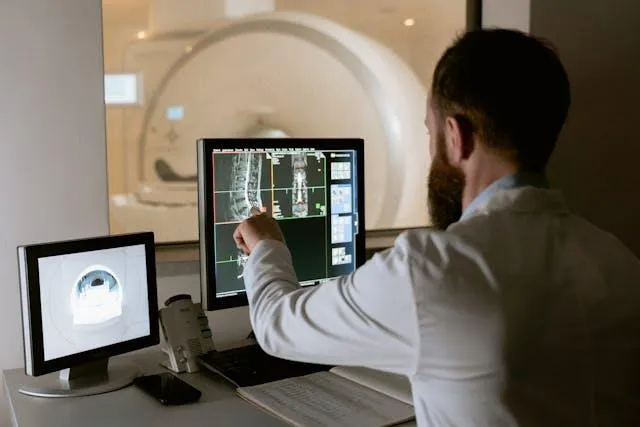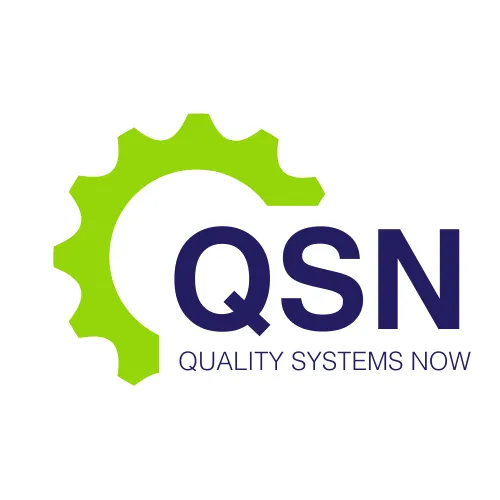LATEST NEWS

General GxP Requirements – GLP, GCP, and GMP
The life sciences industry operates under strict regulatory frameworks to ensure the safety, efficacy, and quality of therapeutic products. Central to this oversight are GxP principles, a collective term referring to Good Practice guidelines across various domains. The most prominent GxP frameworks include Good Laboratory Practice (GLP), Good Clinical Practice (GCP), and Good Manufacturing Practice (GMP). These guidelines establish structured processes for laboratory studies, clinical trials, and production activities, respectively.
Understanding the general requirements and intersections of these frameworks is essential for organisations involved in therapeutic goods manufacturing, biotechnology, and medical research. This paper outlines the scientific and regulatory foundations of GLP, GCP, and GMP, highlights their shared principles, and discusses practical considerations for achieving compliance.
Overview of GxP Principles
GxP is an umbrella term representing quality standards that ensure the integrity, traceability, and reliability of data and products throughout the lifecycle of pharmaceuticals, medical devices, and biotechnology products. While each framework addresses a specific stage in development, they share core principles:
Accountability and documentation – comprehensive recording of all activities and decisions
Process control – standardised procedures to minimise variability and errors
Traceability – ability to track materials, data, and personnel across processes
Personnel competence – ensuring trained and qualified individuals perform regulated tasks
Quality oversight – independent review and verification of processes and outputs
These general principles form the foundation for regulatory compliance and support ethical, scientific, and legal integrity in the development and delivery of therapeutic products.
Good Laboratory Practice (GLP)
GLP focuses on non-clinical laboratory studies, particularly those supporting safety evaluations of chemicals, pharmaceuticals, and biologics. It was initially developed by the Organisation for Economic Co-operation and Development (OECD) and is enforced in many jurisdictions worldwide.
Key GLP requirements include:
Study planning and protocol adherence – every study must have a written protocol defining objectives, methods, and endpoints
Standard Operating Procedures (SOPs) – documented procedures for laboratory operations and equipment use
Data integrity and recording – raw data, observations, and analyses must be accurately documented and attributable
Facility and equipment maintenance – laboratories must be designed, maintained, and calibrated to prevent contamination or procedural errors
Personnel training and responsibility – clear assignment of roles, responsibilities, and qualifications
Compliance with GLP ensures that preclinical safety data submitted to regulatory authorities are reliable, reproducible, and auditable. It provides a foundation for subsequent clinical evaluation and regulatory approval.
Good Clinical Practice (GCP)
GCP governs clinical trials involving human participants, ensuring both participant safety and the scientific validity of trial data. Its core principles are codified in the International Council for Harmonisation of Technical Requirements for Pharmaceuticals for Human Use (ICH-GCP) guidelines.
Key requirements of GCP include:
Ethical conduct – trials must be approved by an independent ethics committee and adhere to informed consent requirements
Protocol compliance – all study activities must follow an approved protocol, with deviations documented and justified
Data integrity – clinical data must be accurate, complete, and verifiable
Investigator responsibilities – qualified investigators must oversee trial conduct, patient safety, and data reporting
Monitoring and quality oversight – sponsors must implement monitoring plans and audit mechanisms to ensure compliance
GCP compliance safeguards patient welfare while ensuring that clinical data submitted to regulatory authorities, such as the FDA, EMA, or TGA, are credible and scientifically robust.
Good Manufacturing Practice (GMP)
GMP applies to the manufacturing, processing, and packaging of therapeutic products, including pharmaceuticals, biologics, and medical devices. Its primary objective is to ensure product quality and consistency, minimising the risk of contamination, adulteration, or deviation from specifications.
GMP requirements include:
Facility and equipment controls – cleanroom environments, validated equipment, and environmental monitoring
Process validation – documented and verified procedures demonstrating consistent product quality
Quality management systems – internal audits, corrective and preventive actions (CAPA), and deviation handling
Material and product traceability – comprehensive records of raw materials, intermediates, and finished products
Personnel training and hygiene – staff must be trained, qualified, and follow hygiene practices to prevent product compromise
GMP compliance is mandatory for legal production and market distribution, ensuring that therapeutic products meet defined quality, safety, and efficacy standards.
Overlaps Between GLP, GCP, and GMP
Despite their distinct scopes, GLP, GCP, and GMP share several overlapping principles:
Documentation and record integrity – all frameworks emphasise accurate, complete, and retrievable records
Personnel competence and training – regulated activities require appropriately trained and qualified staff
Process control and standardisation – SOPs, validated methods, and protocol adherence are central to all GxP domains
Audit and quality oversight – independent review mechanisms are mandated to verify compliance and identify areas for improvement
These overlaps facilitate integrated quality systems in organisations that engage in preclinical research, clinical trials, and product manufacturing, reducing redundancy and supporting efficiency.
Key Differences and Focus Areas
While overlapping, each framework also addresses unique aspects:
GLP – focuses on laboratory study reliability and preclinical safety evaluation
GCP – prioritises human subject protection and clinical data integrity
GMP – ensures product quality, consistency, and compliance in manufacturing
Understanding these differences is essential for organisations operating across multiple stages of the product lifecycle, enabling targeted compliance strategies and effective allocation of resources.
Implementation Strategies for Organisations
To comply with GxP requirements, organisations should:
Develop an integrated quality management system (QMS) encompassing GLP, GCP, and GMP principles where applicable
Conduct gap analyses to identify deficiencies relative to each framework
Implement standardised SOPs and validation protocols to harmonise processes across laboratory, clinical, and manufacturing activities
Establish robust training programs ensuring personnel competence and role-specific qualification
Maintain documentation and audit readiness to support regulatory inspections and accreditation
Perform continuous monitoring and improvement through CAPA systems, internal audits, and management review
These strategies support both regulatory compliance and operational excellence.
Conclusion
GLP, GCP, and GMP form the backbone of GxP requirements in the life sciences sector. While each framework has a distinct focus—laboratory studies, clinical trials, and manufacturing—they share core principles including documentation, process control, personnel competence, and quality oversight. Understanding both overlaps and differences is crucial for organisations involved in therapeutic goods manufacturing, biotechnology research, and clinical development.
By implementing integrated systems that respect the unique requirements of each framework, organisations can ensure product safety, efficacy, and regulatory compliance across the entire lifecycle. Scientific rigour, robust documentation, and trained personnel remain the keystones of effective GxP adherence, fostering trust in both regulators and patients and enabling sustainable success in global markets.
